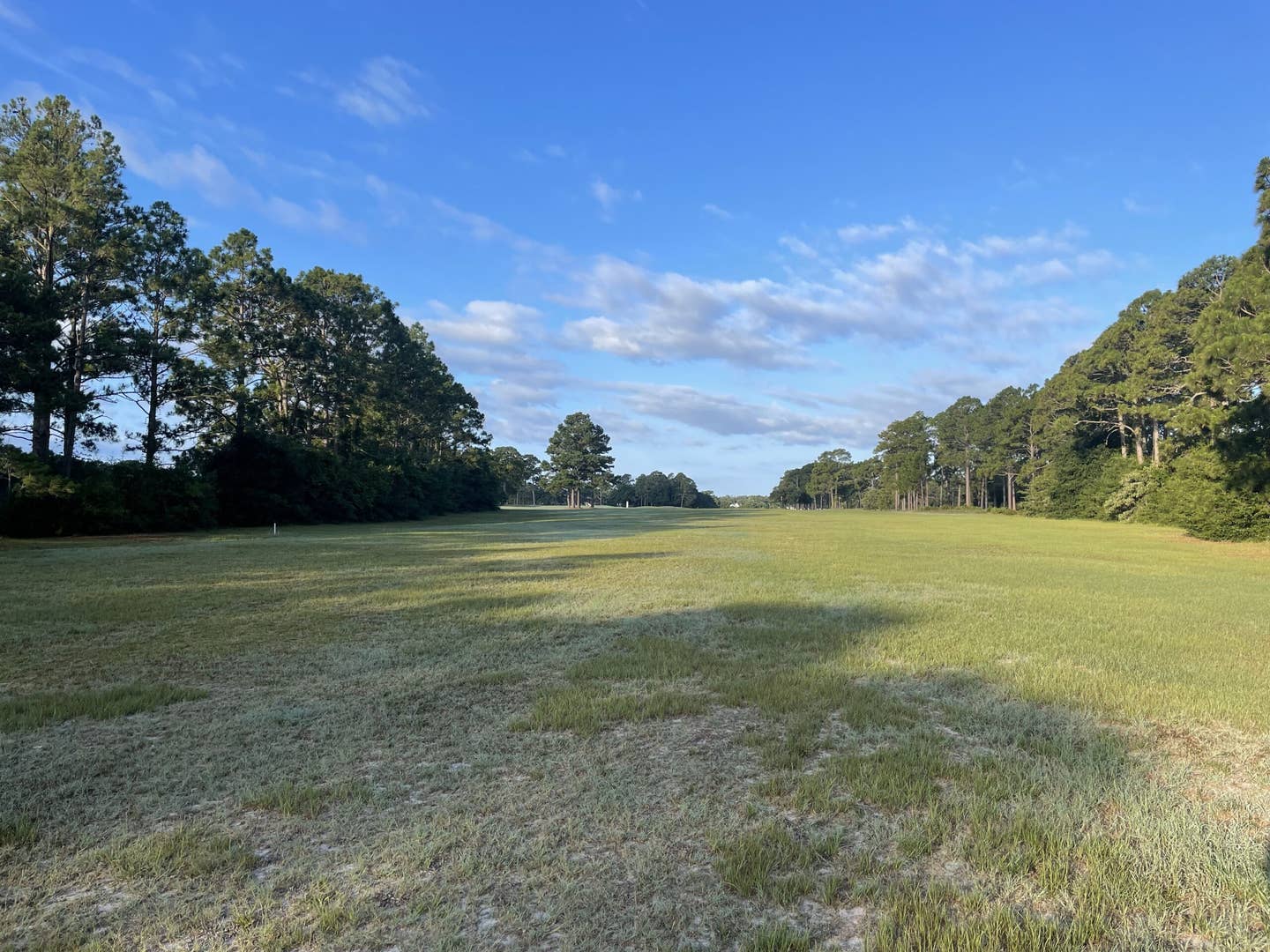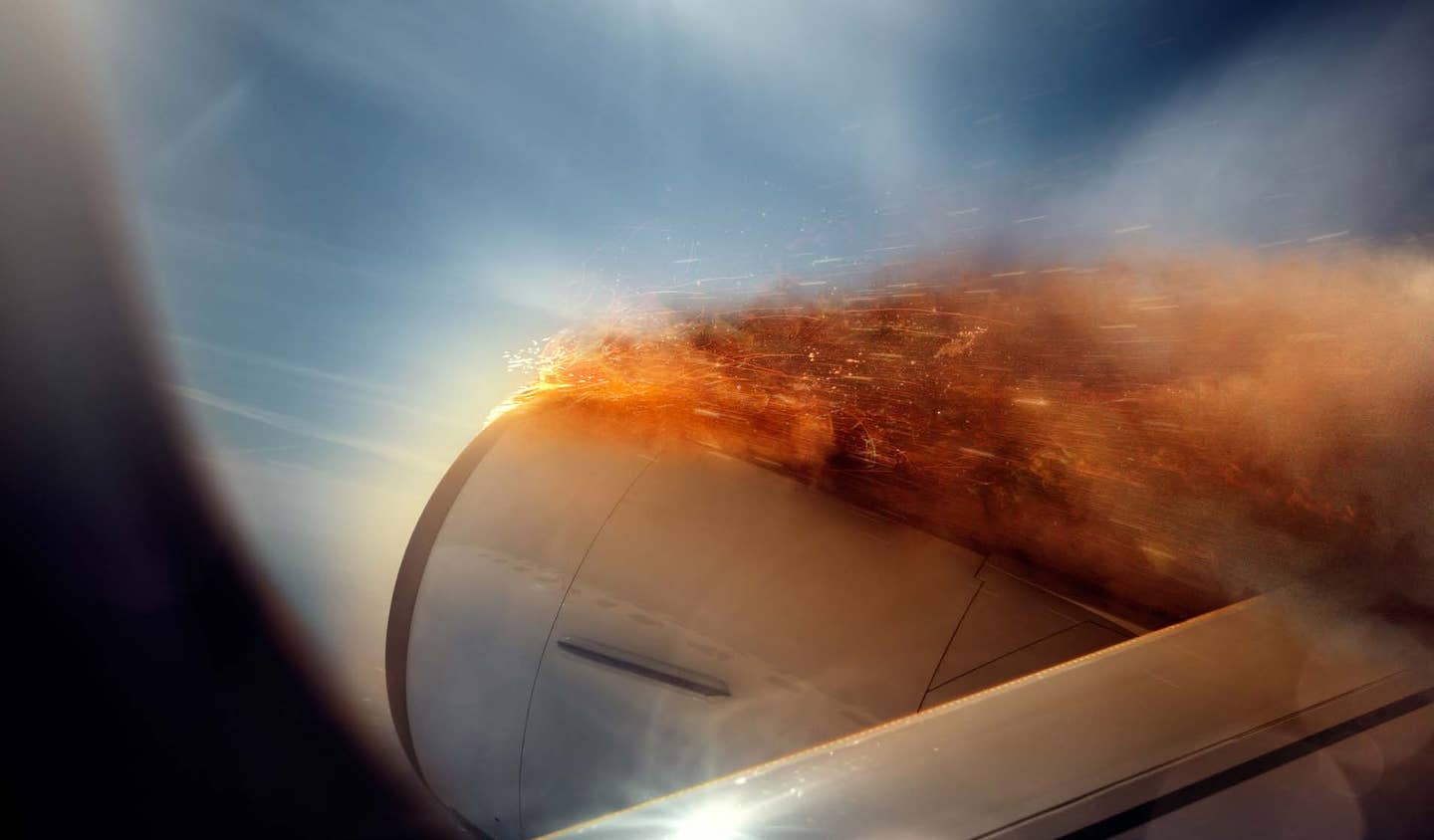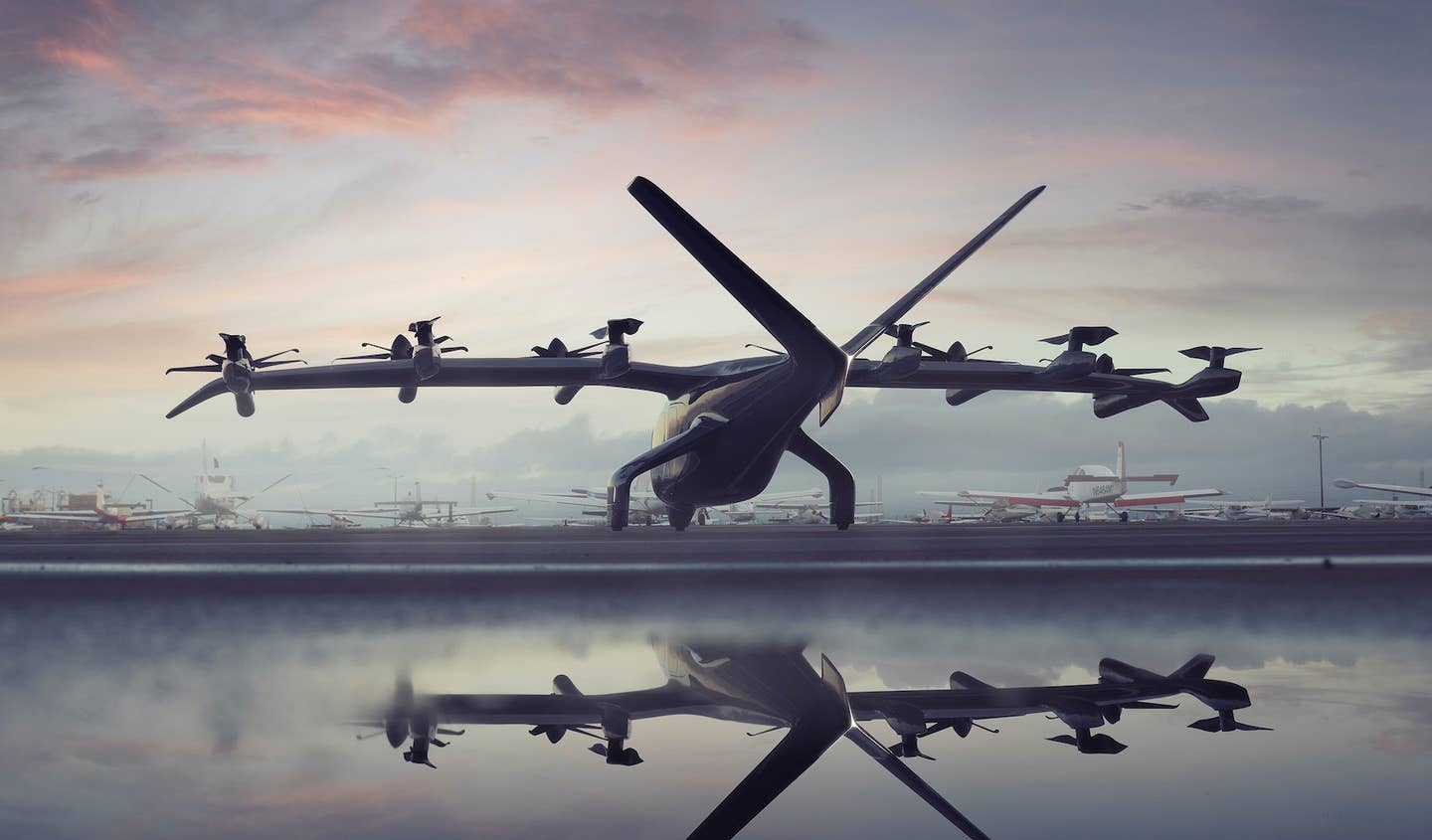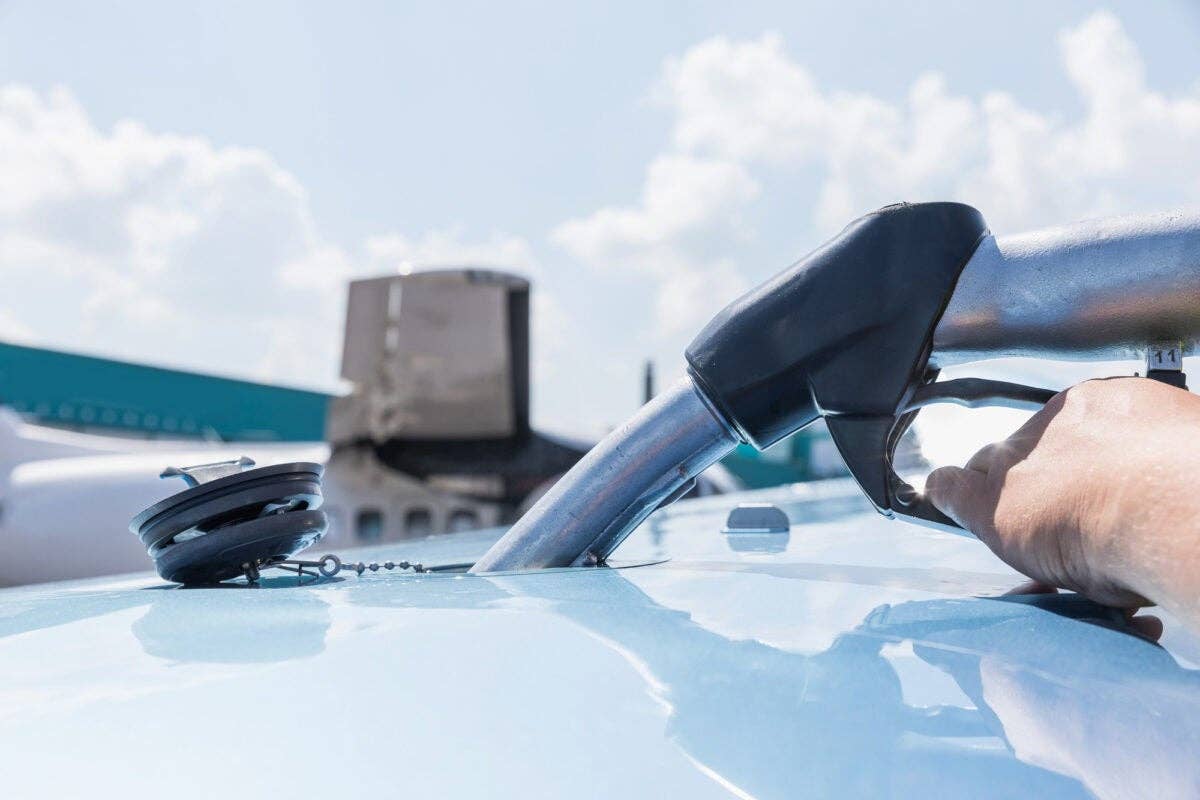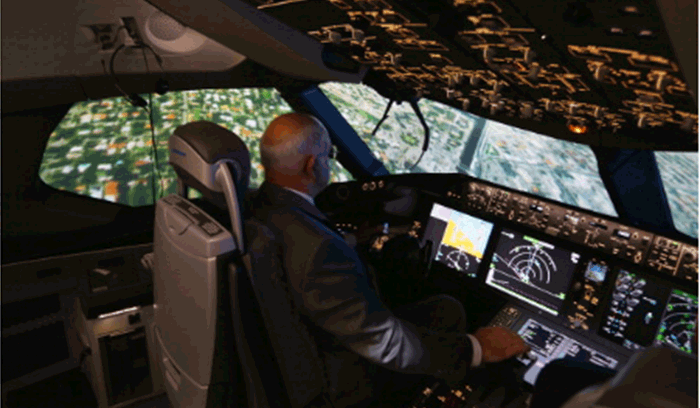
The FAA believes pilots need more practice hand-flying aircraft if the industry is to be successful in reducing the number of loss-of-control accidents, still listed as the leading cause of industry fatalities.
In an era of glass cockpits teeming with practical technology aimed at reducing pilot workload, it’s often difficult to convince some aviators to turn off the automation, despite understanding that manual flight remains the basis of all flight operations. Crews of long-haul aircraft can find it particularly difficult to maintain currency at the controls when a 10-hour flight results in a single landing. Exacerbating the problem is that some commercial operators require the use of automation as much as possible to increase aircraft efficiency and to also improve the safety of flight operations.
The FAA has released a safety alert for operators, SAFO 17007, that suggests a variety of maneuvers designed to allow pilots to practice their seldom-used manual flying skills.
While primarily aimed at Part 121 flight training departments, the concepts the SAFO explores are applicable to Part 91 and Part 135 operations as well. They include slow flight under manual control, or following the loss of a reliable airspeed, hand-flying SIDs and STARS, upset recovery maneuvers, stall recognition and recovery from a bounced landing.
Manual flying is defined as flight path management using pitch, yaw, roll and thrust, with the use of a flight director and autothrottles optional. The agency believes successful training in manual control demands foundational-level aerodynamic knowledge in pitch and power basics, energy management and high- versus low-altitude aircraft performance. For jet operators, the SAFO focuses on type specific factors such as the difference in handling qualities between swept-wing versus straight wing aircraft.
Another area focuses on the differences between piston and turboprop operations, as well as trimmable elevators versus stabilizers. The guide points to the importance of training scenarios that include pilot reactions as automation levels are gradually reduced, rather than only when the automation is simply switched on or off.
Additionally, the FAA says pilots should practice hand-flying recoveries from out of trim conditions, go-arounds from a variety of locations and altitudes on final approach and operations in a variety of automation options with the autopilot, flight director or autothrottles on and off.
The agency highlighted the importance of allowing the PIC to decide when to attempt manual flying practice on a case-by-case basis considering the time of day, weather conditions, proficiency of the crewmembers and any psychological or physiological factors that might affect their performance, the FAA says.

Sign-up for newsletters & special offers!
Get the latest FLYING stories & special offers delivered directly to your inbox

